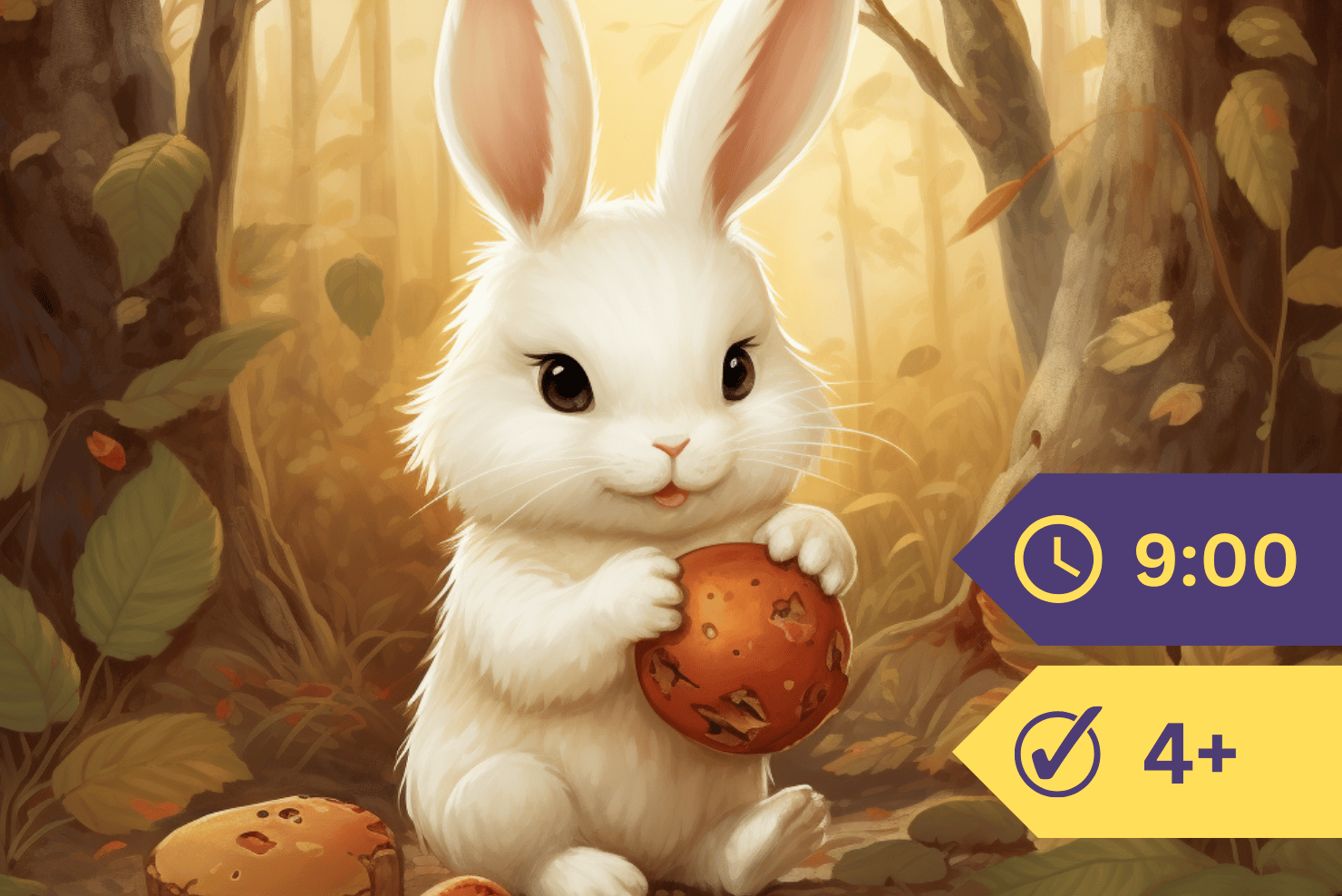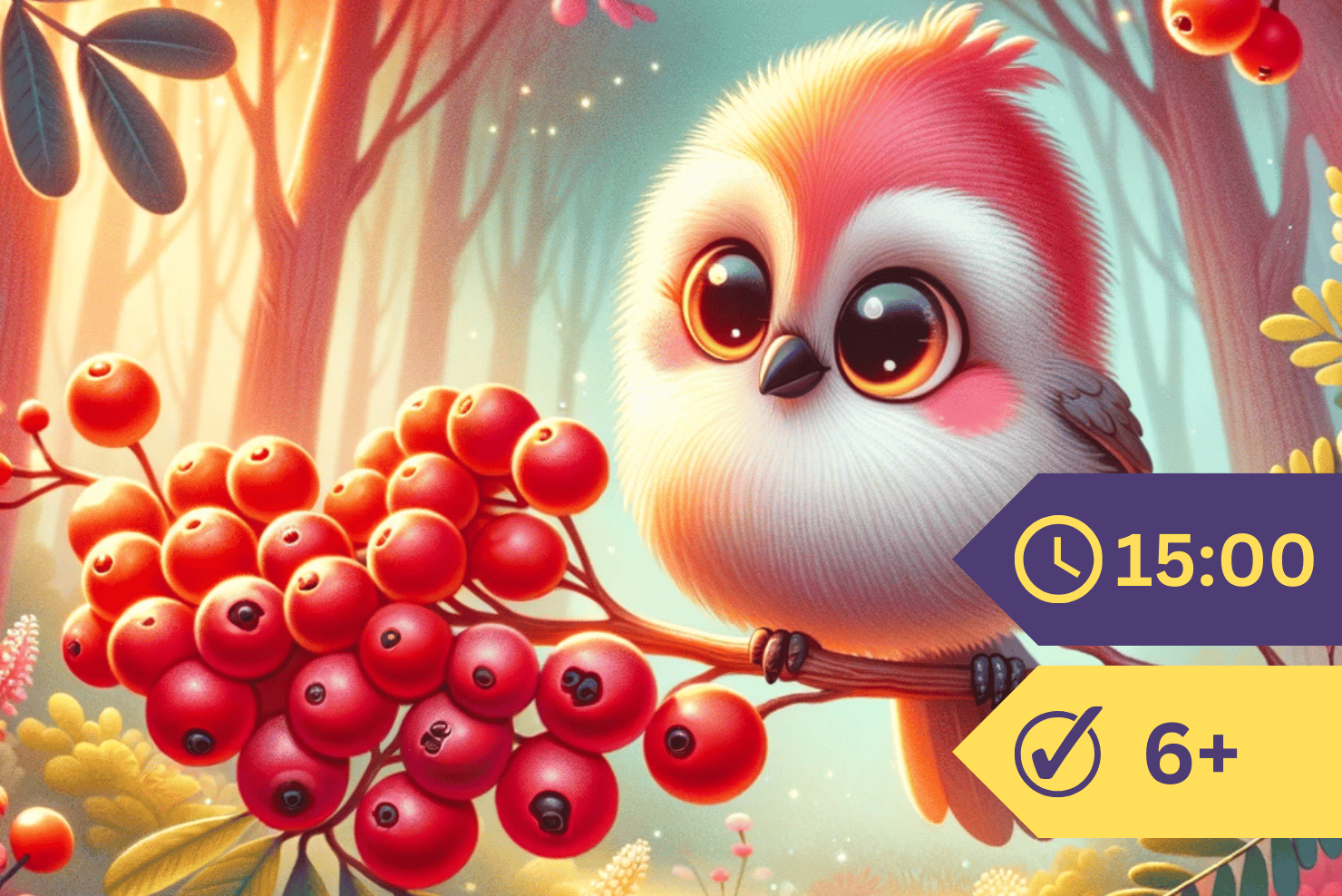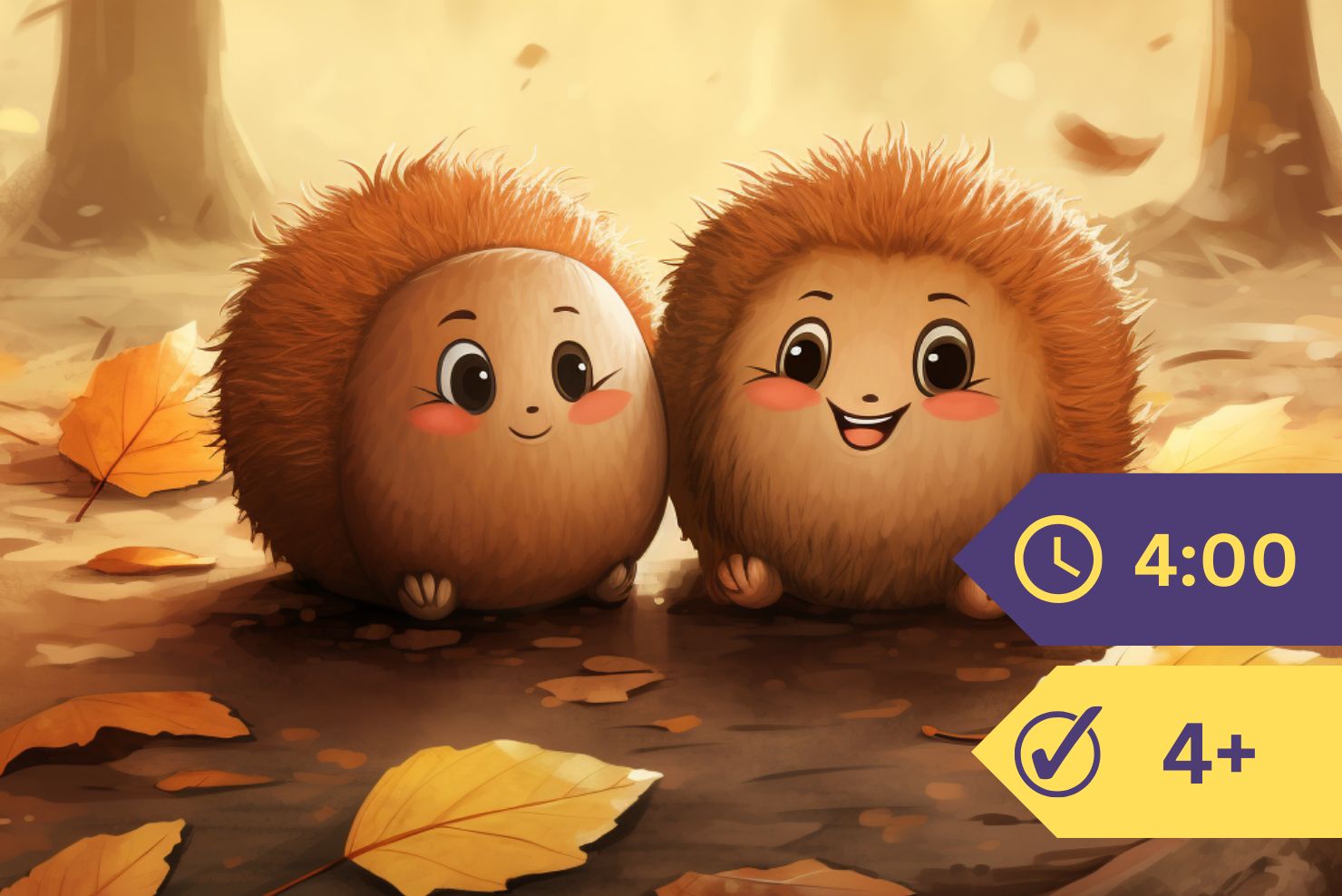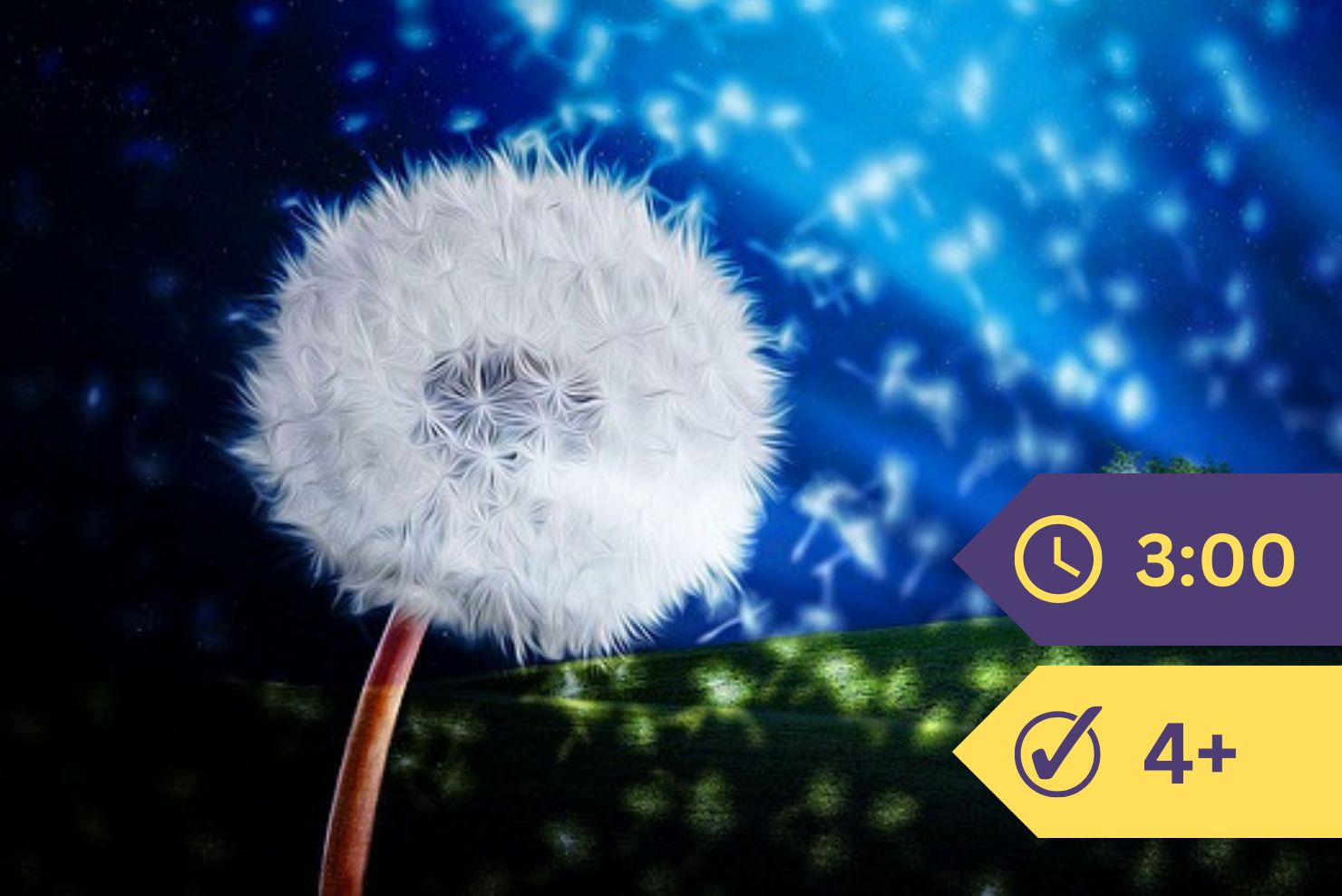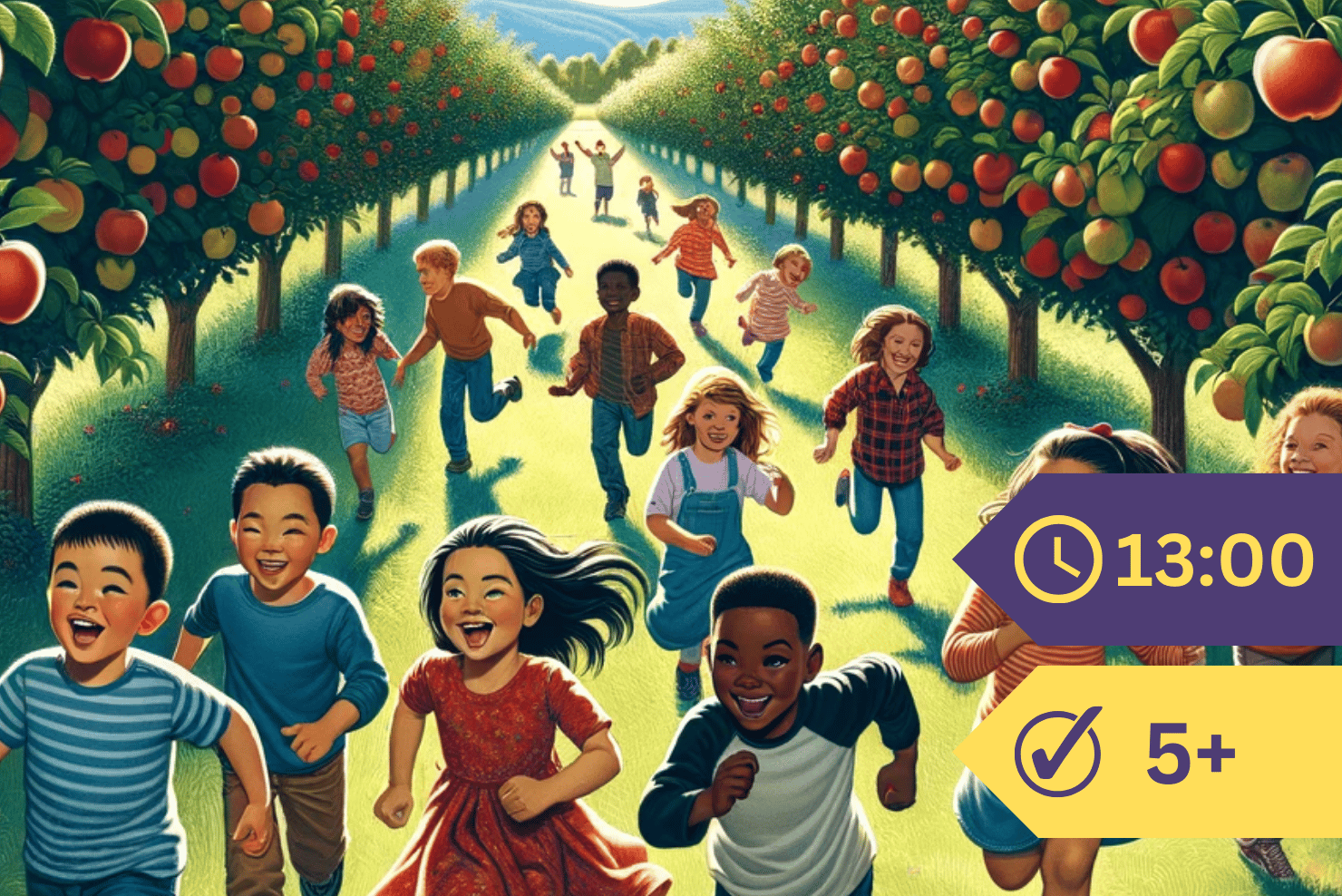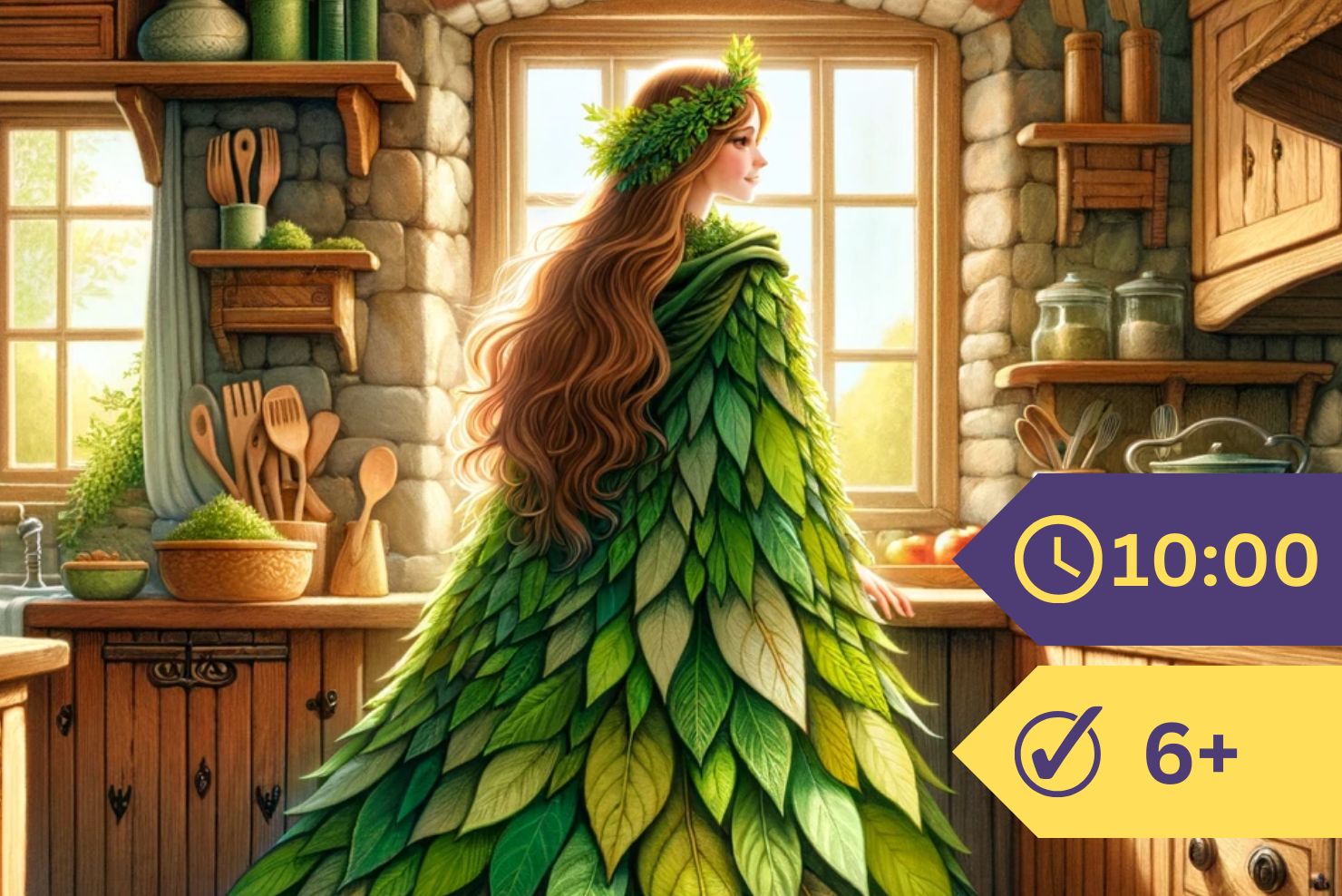When I came home from that walk in the woods the other day, it took me some time to rid my clothes of many odd-looking little things, such as you see in the picture below.
This round burr was one of the worst of my hangers-on. You know it quite well. It is the fruit of the burdock. Can some child tell me why I call this prickly burr a fruit?

Now let us look carefully at this seed case or fruit of the burdock.
Instead of being smooth to the touch, like some other fruits we know, such as the apple and the pear, it is covered with stiff hooks. By these hooks it fastened itself so firmly to my clothes, that it was difficult to pull it off without making a tear.
Why does the burdock put its seeds into such a prickly case?
Please stop reading for a moment and try to answer this question.
Cudgel well your brains for the use of such a prickly seed case as that of the burdock plant.
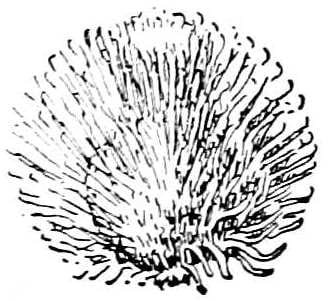
Now I am hoping that one of you children will be able to think out some such answer as this:—
“Of course, the burdock plant doesn’t want its seeds to fall on the piece of ground that has been used up already by other burdocks, any more than the partridge vine wishes to drop its seeds in the same little hollow where other partridge vines have eaten all the good food. As this burdock plant cannot make its seed case so bright and pretty, and good to eat, that the birds will carry it off, it must manage in some other way to send its seeds on their travels. And this is what it does: it covers the seed case with little hooks. When the seeds inside are quite ripe, this case breaks off very easily. So when the children come hunting berries, it hooks itself to their clothes, or else it catches in the hair of their dogs, or takes hold of the wool of grazing sheep, and gets carried quite a way before it is picked or rubbed off. When that happens, it is far enough from its old home to set up for itself.”
I should indeed be pleased if one of you children could give me some such answer as that.
So you see this prickly seed case does just as much for its little charges as the juicy apple and velvety peach do for theirs.
And the same thing is true of all those other hooked, or barbed, or prickly little objects that I picked off my clothes the other day, and that cling to you when you take a walk in the fall woods.
They are all fruits. They are the ripe seed cases of the different plants.
But they are dull-looking, and often quite vexing, instead of being pleasant to the sight and taste and touch.
This makes no difference, however, in their having things pretty much their own way. We do not in the least want to carry abroad these little torments, scattering far and wide their seeds, so that another year there will be more burrs and barbs and bristles than ever, to tear our clothes and worry our dogs; but they force us to do them this service, whether we will or no, and never stop to say “By your leave.”
At every turn they are waiting for us. Where we climb the fence, and cross the fields, and break through the woods, we can almost fancy that we hear them whispering together, “Here they come! Now is our chance!”
They remind us of those tramps that lie along the railway, getting on the trucks of passing trains, and stealing rides across the country.
These ugly hooked fruits have one great advantage over the pretty ones that are good to eat. They do not have to wait our pleasure. But when we are most busy and hurried, without a moment to loiter in the apple orchard or among the berry bushes, then, quite as well as, if not better than, during our leisure moments, they lay hold upon us with their tiny claws, and cling closely till we set to work to get rid of them. When we pick them off and fling them to the ground, we are doing just what they most wish.

In this picture you see the seed case of the tick trefoil. This plant belongs to the Pea family; and its fruit is really a pod, something like that of the garden pea. But when this pod of the tick trefoil is ripe, it splits into five little pieces. Each piece is a separate seed case. This is covered with hooked hairs, by means of which it fastens itself to our clothing and to the hair of animals, just as the burr of the burdock did. These little seed cases go by the name of “ticks.”
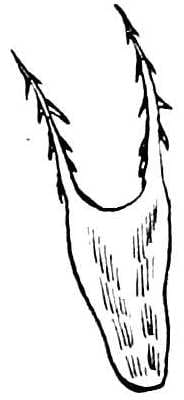
Here is the fruit of the stick-tight. You see its two teeth that are so well fitted to weave themselves into either cloth or hair.
The picture below shows you a strange and terrible fruit of this same class. It grows on an African plant, and may fasten itself so firmly into the hair of animals, that the attempt to get it out is almost hopeless. Sometimes an unfortunate lion will kill himself in his efforts to wrench this tormenting seed case from his skin. In his struggles he gets it into his mouth, and so dies.
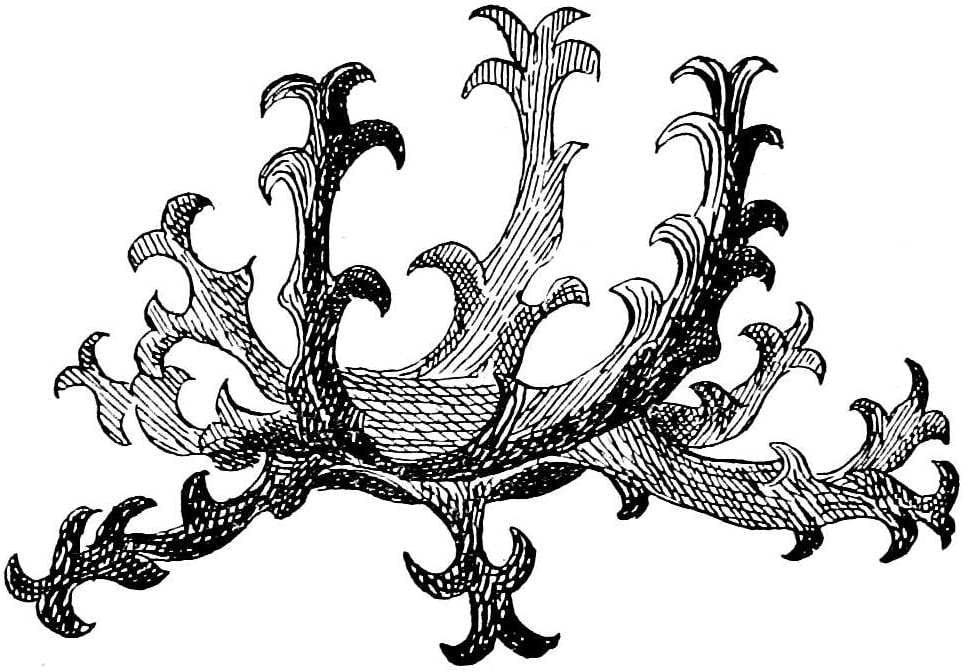
I am glad to say we have nothing so terrifying as this among our hooked fruits.
Even if at times you are tempted to lose your patience with such impertinent little tramps as they are, I think you can hardly help admiring the clever way in which they manage to get a free ride.



